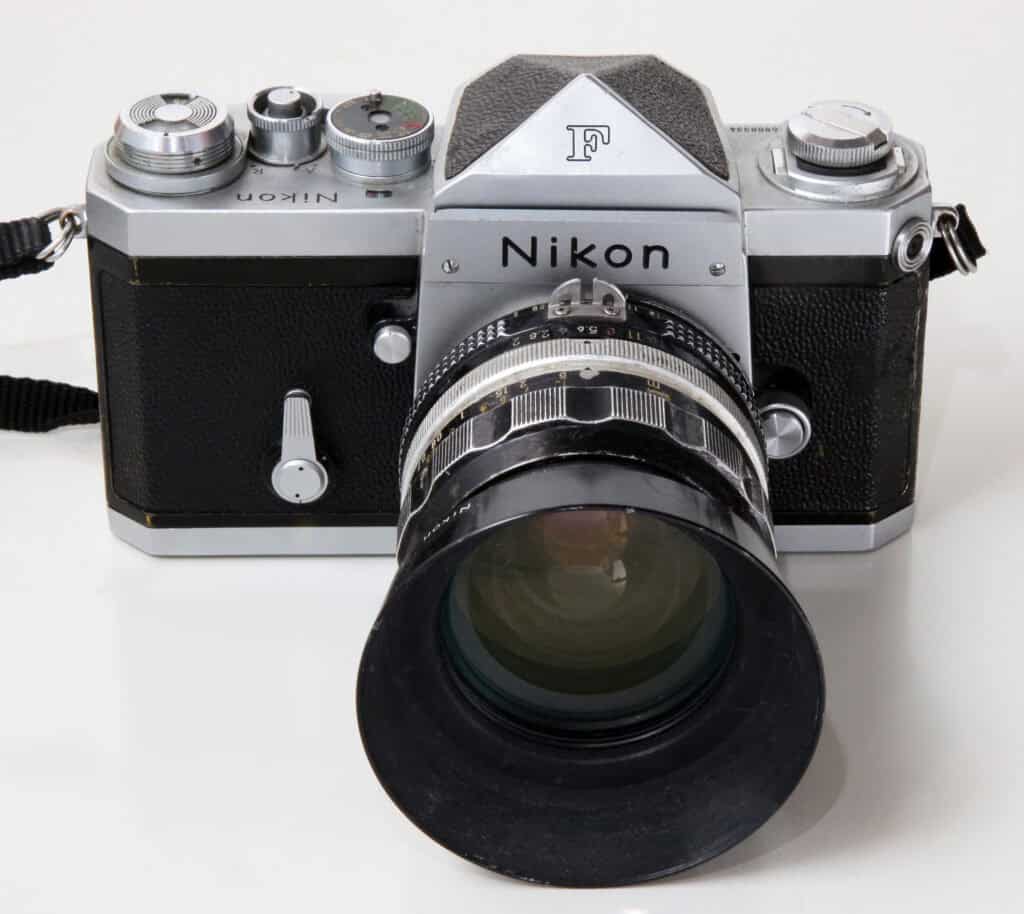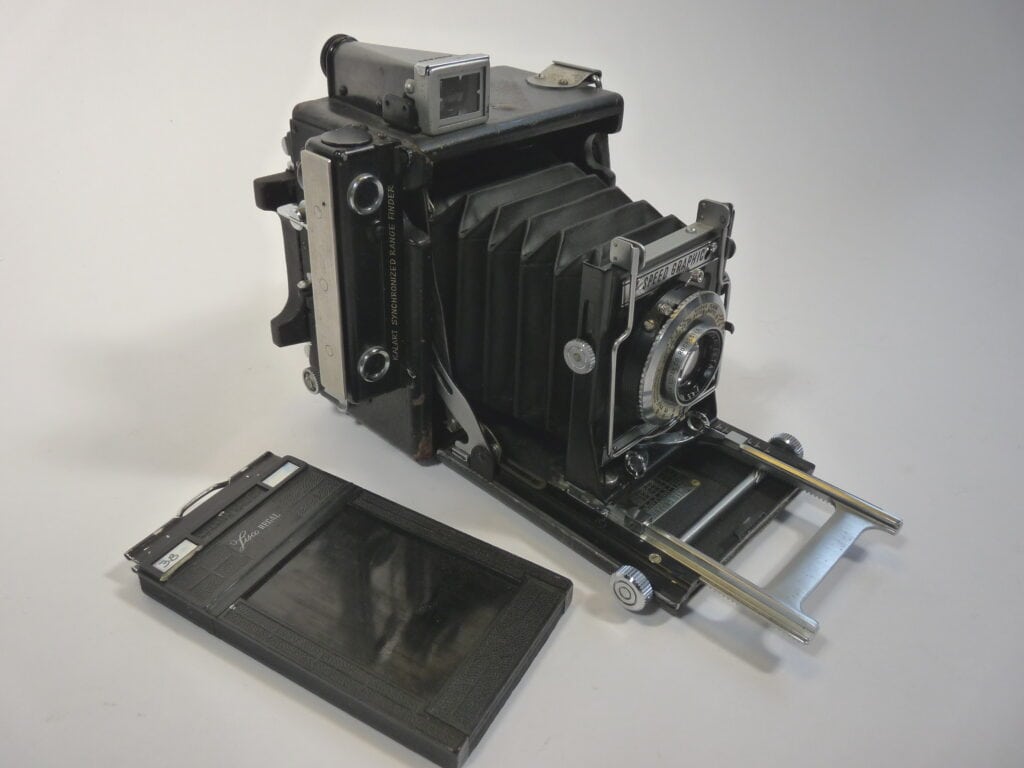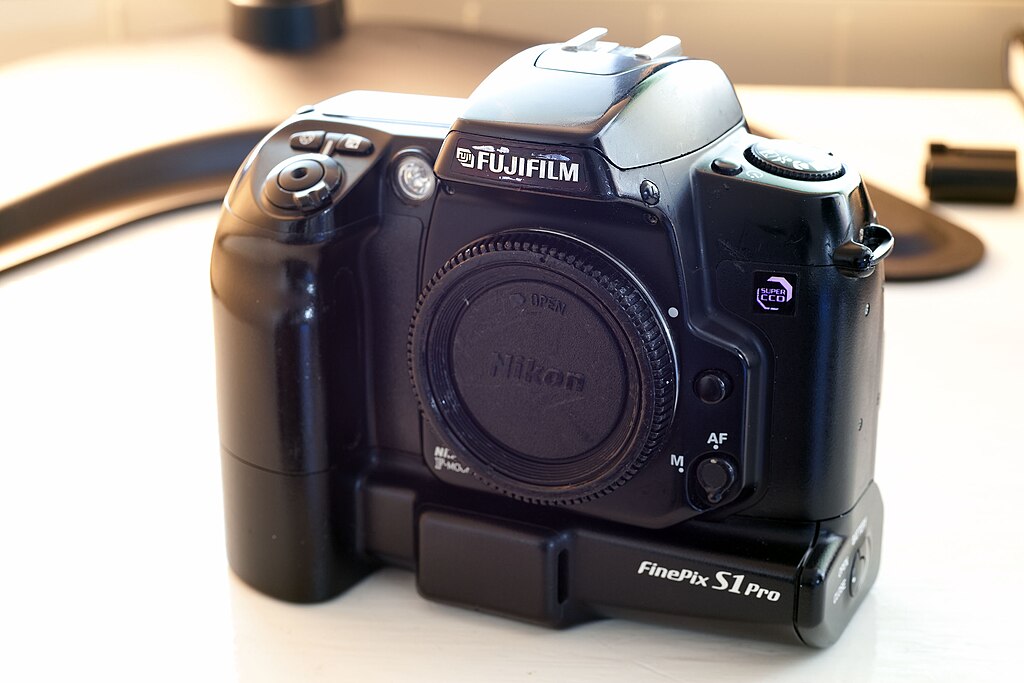Photography has come a long way, and much of that journey is thanks to a few iconic cameras that transformed the way we capture and experience images. From pioneering digital advancements to revolutionizing film photography, they shaped the art and industry of photography as we know it today. Here’s a look at the legendary models that left their mark on the field, influencing everything from professional techniques to everyday snapshots.
Leica I (1925)

The Leica I, introduced in 1925, was a groundbreaking 35mm camera that revolutionized photography by making it more portable and accessible. Its compact design allowed photographers to capture spontaneous moments, leading to the rise of candid and street photography. Its precision engineering and high-quality lenses set new standards for image clarity and sharpness. By utilizing 35mm film, it offered a balance between image quality and convenience, making it a favorite among photojournalists. Its success paved the way for future Leica models, cementing the brand’s reputation for excellence. Its influence is evident in the works of photographers like Henri Cartier-Bresson, who relied on its discreetness for capturing decisive moments. It not only transformed photographic techniques but also influenced the aesthetics of 20th-century photography.
Kodak Brownie (1900)

Launched in 1900, the Kodak Brownie was a simple, affordable box camera that brought photography to the masses. Priced at just one dollar, it made picture-taking accessible to a broad audience, fostering a culture of amateur photography. Its straightforward operation required minimal technical knowledge, encouraging people of all ages to document their lives. Its popularity led to the widespread practice of snapshot photography, capturing everyday moments and personal histories. Its success also spurred the growth of Kodak’s film business, as users needed film and processing services. By democratizing photography, it played a crucial role in shaping visual culture and preserving personal memories. Its legacy is seen in today’s ubiquitous use of cameras in smartphones, continuing the tradition of accessible photography.
Nikon F (1959)

The Nikon F, introduced in 1959, was a landmark single-lens reflex (SLR) camera that set new standards for professional photography. Its modular system allowed photographers to interchange lenses, viewfinders, and other accessories, providing unparalleled versatility. Its robust construction and reliability made it a favorite among photojournalists and war correspondents. Its introduction of the F-mount lens system established a standard still in use today, ensuring compatibility across generations of Nikon cameras. Its high-speed motor drive and accurate metering system enabled photographers to capture fast-moving subjects with precision. Its impact is evident in iconic images from the Vietnam War and other significant events of the 1960s and 1970s. Its design and functionality influenced the development of future SLR cameras, solidifying Nikon’s position in the professional market.
Polaroid SX-70 (1972)

The Polaroid SX-70, released in 1972, was a groundbreaking instant camera that combined innovation with elegance. It was the first instant SLR camera, allowing users to see through the lens and compose shots accurately. Its folding design made it compact and portable, appealing to both professionals and amateurs. Its integral film developed images within minutes, providing immediate gratification and changing the way people interacted with photography. Artists like Andy Warhol embraced the SX-70 for its unique aesthetic and instant results, integrating it into their creative processes. Its influence extended beyond art, impacting social interactions by making photography a shared, instantaneous experience. Its legacy lives on in the continued popularity of instant photography and the resurgence of interest in Polaroid cameras.
Canon EOS 5D Mark II (2008)

The Canon EOS 5D Mark II, launched in 2008, was a game-changer in the world of digital photography and videography. It was the first DSLR to offer full HD 1080p video recording, bridging the gap between still photography and filmmaking. This capability democratized video production, allowing photographers and independent filmmakers to create high-quality videos without investing in dedicated video cameras. Its full-frame sensor delivered exceptional image quality, making it a favorite among professionals for both stills and video. Its impact was profound, with the 5D Mark II being used to shoot scenes in television series and feature films, showcasing its cinematic potential. The success of this camera prompted other manufacturers to incorporate video capabilities into their DSLRs, changing industry standards. Its legacy is evident in the widespread use of DSLRs and mirrorless cameras in video production today.
Hasselblad 500C (1957)

Introduced in 1957, the Hasselblad 500C was a medium-format camera that became synonymous with professional photography. Its modular design allowed for interchangeable lenses, film backs, and viewfinders, offering flexibility and precision. Its leaf shutter enabled flash synchronization at all shutter speeds, a significant advantage for studio photographers. Its exceptional image quality and reliability made it a preferred choice for fashion, portrait, and landscape photography. Notably, modified versions of Hasselblad cameras were used by NASA during the Apollo missions, capturing iconic images of space exploration. The 500C’s influence is evident in its enduring popularity among photographers who value its craftsmanship and image quality. Its design principles continue to inspire modern medium-format digital cameras, maintaining Hasselblad’s esteemed reputation.
Rolleiflex Twin-Lens Reflex (TLR) (1929)

The Rolleiflex Twin-Lens Reflex (TLR), introduced in 1929, was a camera that redefined portrait and street photography with its distinct twin-lens system. One lens was used for viewing, while the other captured the image, allowing photographers to compose shots without the traditional viewfinder blackout seen in other cameras. This design offered a quiet shutter, making it ideal for candid photography, and it became a staple for many photographers who valued discretion and precision. Its waist-level viewfinder allowed photographers to hold the camera at hip height, encouraging unique perspectives and enhancing the spontaneity of street photography. Known for its sharp optics and robust build, it quickly became a favorite of professionals like Diane Arbus and Richard Avedon. The square format of the Rolleiflex influenced the compositional styles of the time, pushing photographers to explore a balanced and symmetrical aesthetic. Today, its enduring influence can be seen in the continued appeal of square-format photography.
Pentax K1000 (1976)

The Pentax K1000, introduced in 1976, is often celebrated as the ultimate beginner’s camera due to its simplicity and durability. Known for its fully mechanical operation, it was devoid of the electronic features common in other models, making it a reliable choice for learning the basics of photography. This model helped generations of photographers master manual controls, including shutter speed, aperture, and focus, without relying on automation. Its affordability and ease of use made it popular in photography courses worldwide, giving countless students a solid foundation in film photography. Its rugged design ensured it could withstand extensive use, and its compatibility with a wide range of affordable lenses further broadened its appeal. Over its 21-year production run, it became a symbol of accessible, no-nonsense photography. To this day, it is revered as a teaching tool and a dependable film camera for enthusiasts and beginners alike.
Minolta Maxxum 7000 (1985)

The Minolta Maxxum 7000, released in 1985, was the first camera to feature integrated autofocus and motorized film advance, setting a new standard in camera technology. Its fully automated focus system enabled faster and more precise image capturing, a significant advancement that influenced modern autofocus systems. This groundbreaking feature made it easier for photographers to capture sharp images of moving subjects, changing the landscape of action and sports photography. It also introduced a user-friendly control layout, with buttons and dials that simplified camera operation. The popularity of this camera spurred other manufacturers to develop their own autofocus models, creating a competitive push toward innovation in camera technology. Minolta’s A-mount system, introduced with the Maxxum 7000, remains relevant today, having been adopted and adapted by Sony in its own line of cameras. Its legacy lies in its influence on the design of modern DSLRs and mirrorless cameras, particularly in the area of autofocus technology.
Sony Mavica (1981)

The Sony Mavica, released in 1981, marked a turning point as one of the first electronic still video cameras, effectively laying the groundwork for digital photography. Unlike traditional film cameras, it recorded images on a 2-inch floppy disk, allowing users to store and view images electronically. Though it was technically a still video camera rather than a digital camera, it pioneered the concept of electronic image capture, paving the way for digital cameras. This ability to view and store images without processing film was revolutionary, and it hinted at a future where photography would be fast and instantly accessible. It was widely used by journalists and news agencies for transmitting images quickly, as it made it possible to send images electronically rather than by courier. While it did not achieve mainstream popularity among consumers, it demonstrated the feasibility of digital photography, inspiring further advancements. Its legacy is evident in the rapid rise of digital cameras in the 1990s and the eventual transition to digital media across the photography industry.
Graflex Speed Graphic (1912)

The Graflex Speed Graphic, introduced in 1912, became synonymous with press photography and is often regarded as the quintessential “press camera” of the early to mid-20th century. Its large format, using 4×5-inch film, allowed for remarkable image quality and detail, essential for newspaper and magazine publications of the time. Its distinctive design featured a focal plane shutter and a leaf shutter, allowing photographers to capture both fast-moving subjects and low-light scenes with precision. Renowned for its durability, the Speed Graphic was favored by press photographers for its reliability in a variety of shooting conditions, from battlefields to bustling city streets. Iconic photos, including those by Weegee and wartime journalists, were captured with this camera, cementing its place in history. Its ability to handle various lenses and accessories made it versatile for portraiture, landscapes, and action shots. Though its popularity waned with the rise of smaller cameras, it remains a symbol of the golden age of photojournalism.
FujiFilm FinePix S1 Pro (2000)

The FujiFilm FinePix S1 Pro, launched in 2000, was a groundbreaking camera that bridged the gap between traditional film photography and digital technology for professionals. As one of the first digital SLRs accessible to the mass market, it offered photographers a digital alternative with the familiar handling of a 35mm SLR camera. It utilized a unique Super CCD sensor, which enhanced image resolution and color fidelity, setting it apart from other digital cameras of its time. With a resolution of 6.1 megapixels, it provided quality suitable for professional work, establishing digital photography as a viable choice for studio and field photographers alike. Its compatibility with Nikon F-mount lenses allowed film photographers to transition to digital without needing entirely new equipment, which broadened its appeal. It was instrumental in convincing photographers of digital technology’s potential, paving the way for future advancements. Its success encouraged FujiFilm and other companies to continue developing more powerful and affordable digital SLRs.
This article originally appeared on Rarest.org.
More from Rarest.org
15 Bizarre Geological Features Found in Remote Regions

The world is filled with incredible natural wonders, but some of the most fascinating geological features are those tucked away in remote corners of the globe. These bizarre landscapes, shaped by millions of years of natural forces, captivate with their unusual formations and striking beauty. Read More.
15 Towering Sand Dunes Creating Otherworldly Landscapes

Towering sand dunes are some of the most mesmerizing natural wonders on Earth, creating landscapes that seem almost otherworldly. These colossal formations, sculpted by wind and time, rise dramatically from the ground, offering breathtaking views and a sense of awe to those who witness them. Read More.
15 Lavish Cruise Lines Offering the Best in Comfort and Style

When it comes to luxury travel, few experiences can match the opulence and comfort of a cruise. For those seeking the ultimate in relaxation and style, selecting the right cruise line is essential. Read More.
